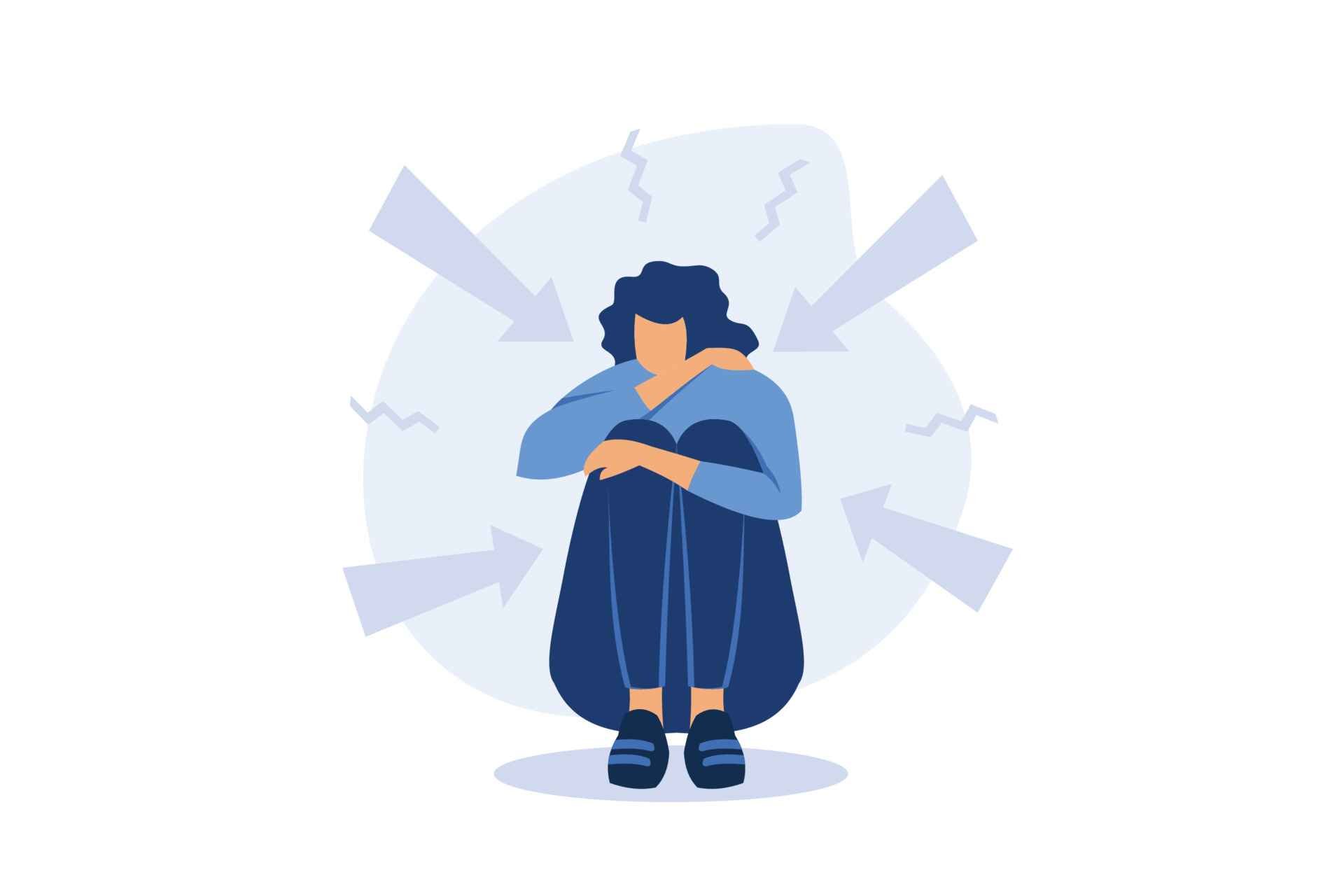Understanding the 4 Stages of Fibromyalgia
Fibromyalgia, a chronic disorder characterized by widespread musculoskeletal pain, fatigue, and tender points in localized areas, affects millions globally. The journey of living with this condition is commonly divided into 4 stages of fibromyalgia. This blog aims to provide an in-depth understanding of these stages, the transitions between them, and the ways patients can manage their symptoms throughout each phase.
Introduction to Fibromyalgia
Before delving into the fibromyalgia stages, it’s crucial to understand the condition itself. Fibromyalgia is a long-term, chronic disorder often characterized by widespread pain throughout the body, along with other symptoms like fatigue, sleep disturbances, and cognitive issues. It’s a complex condition that involves multiple body systems and can be challenging to diagnose due to its generalized and overlapping symptoms with other conditions.

Fibromyalgia: The Four Stages
The journey of a person living with fibromyalgia can generally be broken down into four stages:
- Early stage
- Middle stage
- Severe stage
- Maintenance stage
Each stage is characterized by a unique set of symptoms and challenges. Understanding these can help individuals navigate their fibromyalgia journey more effectively.
Stage One: Early Stage
In the early stage, individuals often feel mild but consistent pain across various parts of their bodies. The pain might be confused with generalized aches and pains related to other health conditions or everyday life. Symptoms may include:
- Persistent fatigue
- Sleep disturbances
- Migraine or tension headaches
- Jaw pain
- Digestive problems, like Irritable Bowel Syndrome (IBS)
Stage Two: Middle Stage
During the middle stage, the symptoms intensify. This stage is often when individuals seek medical consultation as the pain becomes more persistent and the fatigue more debilitating. Symptoms during this stage might include:
- Widespread pain throughout the body
- Significant sleep issues, often leading to insomnia
- Cognitive difficulties, often referred to as “fibro fog,” which can involve memory issues, difficulty concentrating, and confusion
Stage Three: Severe Stage
The severe stage is characterized by constant pain and fatigue. The ability to perform daily tasks may be significantly hindered during this stage, affecting the individual’s quality of life. The symptoms during this stage may include:
- Constant, severe pain
- Extreme fatigue
- Greater cognitive difficulties
- Emotional issues, including anxiety and depression
Stage Four: Maintenance Stage
The maintenance stage is when individuals have learned to live with fibromyalgia, managing their symptoms to the best of their ability. This stage does not signify the end of pain or fatigue but represents a level of understanding and acceptance of the condition. The focus during this stage is on symptom management and maintaining a good quality of life.
Symptom Management Across the Stages
Effective symptom management is crucial in all 4 stages of fibromyalgia. Here are some commonly recommended strategies:
- Lifestyle changes: Regular exercise, a healthy diet, sufficient rest, and good sleep hygiene can manage fibromyalgia symptoms. Mind-body practices like yoga and tai chi have also proven beneficial.
- Therapy: Cognitive Behavioral Therapy (CBT) can help individuals cope with the pain and stress of fibromyalgia. Physical therapy can improve strength, flexibility, and stamina.
- Support: Support from friends, family, and support groups can help individuals cope with the emotional and psychological challenges of living with fibromyalgia.
- Medication: Medication can help manage pain, improve sleep quality, and address mood disorders. These may include pain relievers, antidepressants, and anti-seizure drugs. Always consult with a healthcare provider before starting any medication.
A Note of Hope
Living with fibromyalgia can be challenging, but understanding the fibromyalgia stages can equip individuals to better manage their symptoms and navigate their journey. It’s essential to consult with healthcare providers, maintain a strong support system, and take proactive steps towards symptom management. Fibromyalgia is a long-term condition, but with the right tools and resources, individuals can lead fulfilling, active lives.
Reference<https://www.thechronicpainblog.com/blog/4-stages-of-fibromyalgia



